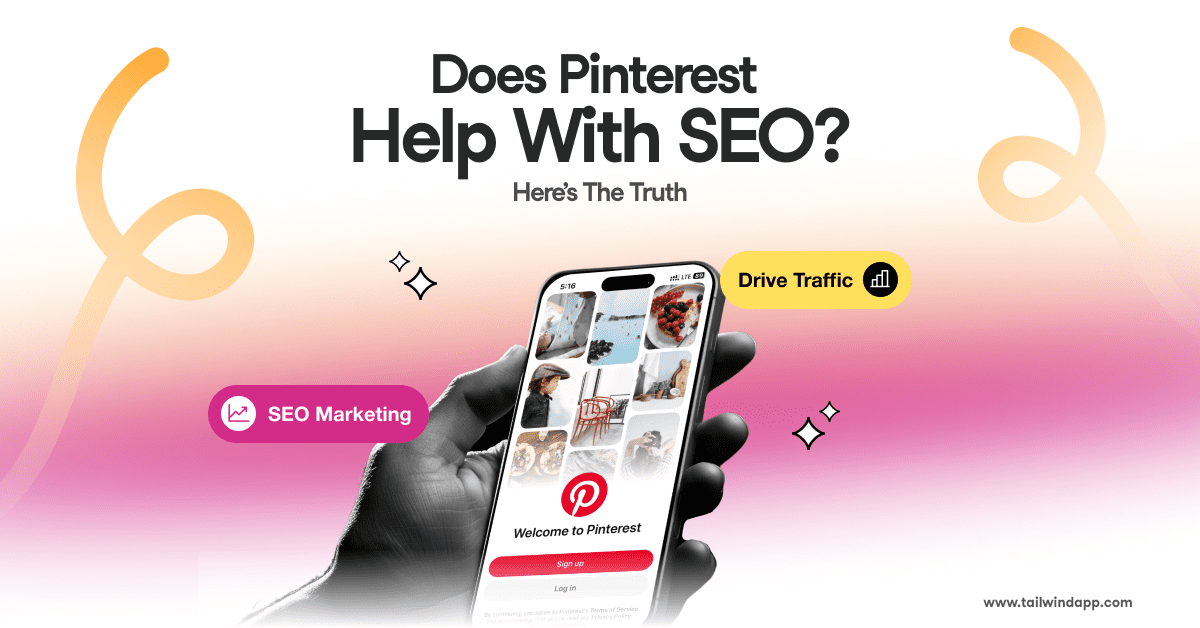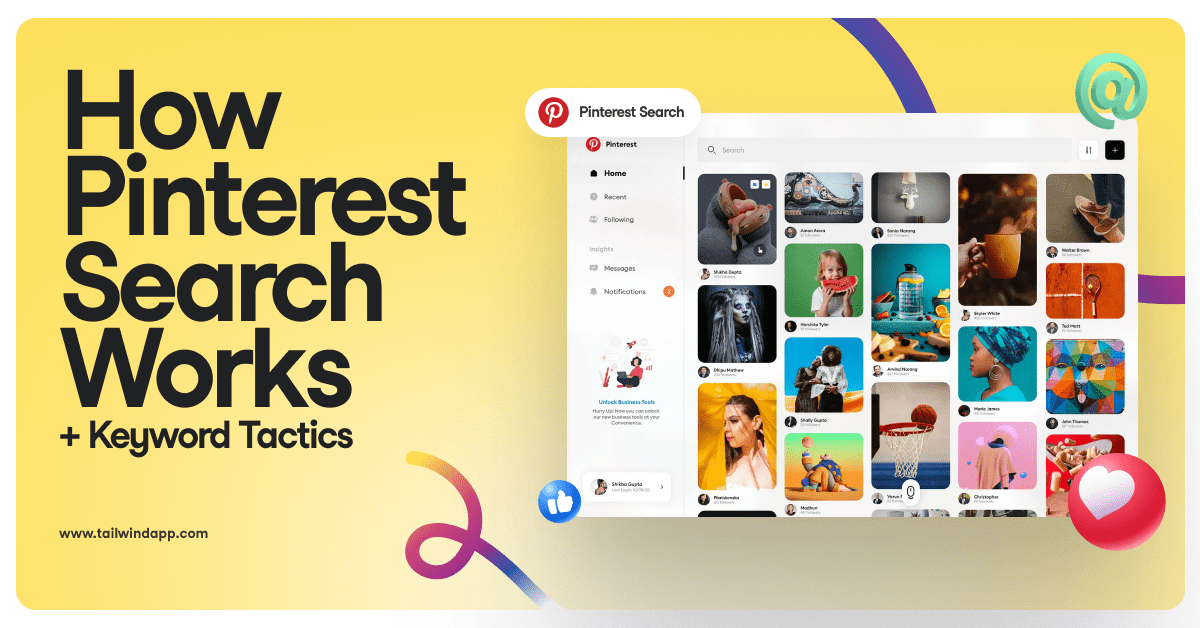This is a guest post from our friends at Jumpstory, a fantastic resource for millions of authentic, creative stock photo images to elevate your brand!

Go to a stock photo site that has free images, download the images that are kind of relevant to the content, or if you’re in an adventurous mood, pick images that have no meaning but are kinda witty or interesting… That’s all it takes to pick stock photos, right?
Well, let me tell you, if that’s your approach to choosing images for your content, then you will definitely fail in your venture.
We’re experiencing a time in visual marketing, in which choosing images that convey the same message as your content is as important as the content itself.
According to the MDG blog, content featuring compelling images averages 94% more views than those without.
So, it’s easy to choose inauthentically, staged, shouldn’t-this-come-with-a-picture-frame stock images. But the right ones are the ones that will not make you wince, and they’re out there!
A Mini History of Stock Photos
Stock photos actually have quite an interesting story. The first stock photo agency was launched in 1920 and it was founded to help publishers and newspapers.
The idea was to help them get relevant images for their content without having to organize a photoshoot!
In the 90s, the digitization process started, which means the stock agencies started getting replaced by online platforms providing the same service.
Around the 2000s, stock photos started becoming more accessible and affordable. The uses were also not limited to publishers and newspapers anymore! Advertising agencies, creative designers, web designers, and even individual users started using stock photos. Around the same time, the stock photos started becoming vaguer and non-specific in their qualities.
The reason for this was that they wanted to fit the needs of an ever wider clientele. It worked for a while, too. But soon people started getting bored of these cliché and staged images for their products and services.
Brands started realizing how real emotions, candid pictures, and clean images have better chances of connecting with their customers.
Plus let’s not forget about the evolution of the customers themselves and the fact that they’re not as gullible as they used to be.
But, that’s a different topic for a different article. Good stock photos are out there. Here are some strategies for finding images that won’t ruin your marketing efforts:
1. Select Images That Reflect Your Content
As we’ve mentioned, generic stock photos will usually fail to engage with your audience and serve the purpose of your content. So, set off in search of authentic stock photos! You have worked hard to create the content and the right images can improve and elevate it. After all, visual elements play a very important role in grabbing the readers’ attention.
Good photography keeps your readers intrigued. So, even if you’re overwhelmed by choices, don’t forget to choose something that accurately represents you and your brand.
There are billions of photos available online for use, and there’s definitely one that suits your content. Keep an eye out for images that show life as it is, not generic or too polished. Candid pictures often work the best!
“A picture can trigger a buried memory and recall a precise moment in time much more rapidly than words.”
What do you want the memory to be? Usually, a generic image of a person in a suit with a fake smile and awkwardly shaking hands won’t inspire good memories, but something more candid and authentic can work. Here’s a comparison!
Posed Stock Photos
Authentic stock photos
2. Use Good Quality Images
As the old saying goes: a picture is worth a thousand words. But if that image is pixelated and blurred, those 1000 words will remain unheard. The right stock photo for your content is about more than grabbing the least expensive option to tick a box.
Most readers have short attention spans and visual stimuli that break the monotony of text and help readers understand the topic better are simply invaluable.
For example, if you’re looking for a technology photo, rather than using a cropped image of someone’s hand on a keyboard or table, find a picture of an entire person interacting naturally with a device in an authentic setting.
3. Use Images Legally
When using stock photos, make sure you are using them legally. It’s important to understand the licensing system provided by the stock photo website.
Most of them say that you can use their photos with complete freedom. But more often than not, you can’t use them as freely as it seems. Licensing policy changes when you use images online and offline. And trust us, you’ll find it harder to make any money if you are being sued.
According to Copytrack, 85% of all images on the internet are stolen. This means that using images online has become much riskier than it used to be.
So, choosing a platform that gives you access to photos instead of selling them to you at a particular cost can save you from these legal complications. Also, look for the ones that provide insurance for the images’ use.
It’s very important to choose a stock photo provider who sources images only from quality partners. Again, a reputable site will clearly state what their photos may be used for.
4. Choose Images That Aren’t Overused
A good stock photo site makes sure that new photos are being added to its database. This ensures that you don’t have the same few photos that the entire world is using.
It all begins with choosing a good stock photo site and one that doesn’t always have to be expensive. At JumpStory, we have one of the most competitive pricing structures.
With a premium stock photo service, you can narrow down your search. These sites use filters and have categories with curated collections to refine your search.
This means access to images of lifestyle, people, emotions, nature, traveling, marketing, health, food, holidays, landscapes, wallpapers, countryside, and cities. At JumpStory, we’ve developed an AI that only shows you high-performing images, enabling your content to drive better results.
2022 is seeing an increased interest in:
- Simple and elegant compositions with bright colors
- Because of the rise of travel bloggers on Instagram, beautiful landscapes and exciting travel images are making a huge splash in the stock realm
- Photos that show social issues in their raw form
- Images focused on diversity but in a tasteful and not overly staged manner
- Taking photos of updated robotics interacting with humans in a pleasant manner
- Candid images are becoming more and more popular. Portraits that are not overly posed or photoshopped. Companies are leaning towards photos that have more organic expressions


When you choose the right stock photos for your designs, you bring everything together. From your branding to your messaging, to your call-to-action! Need a place to start? Check out Jumpstory for millions of authentic images of real people with real emotions. Happy hunting for that perfect photo!














